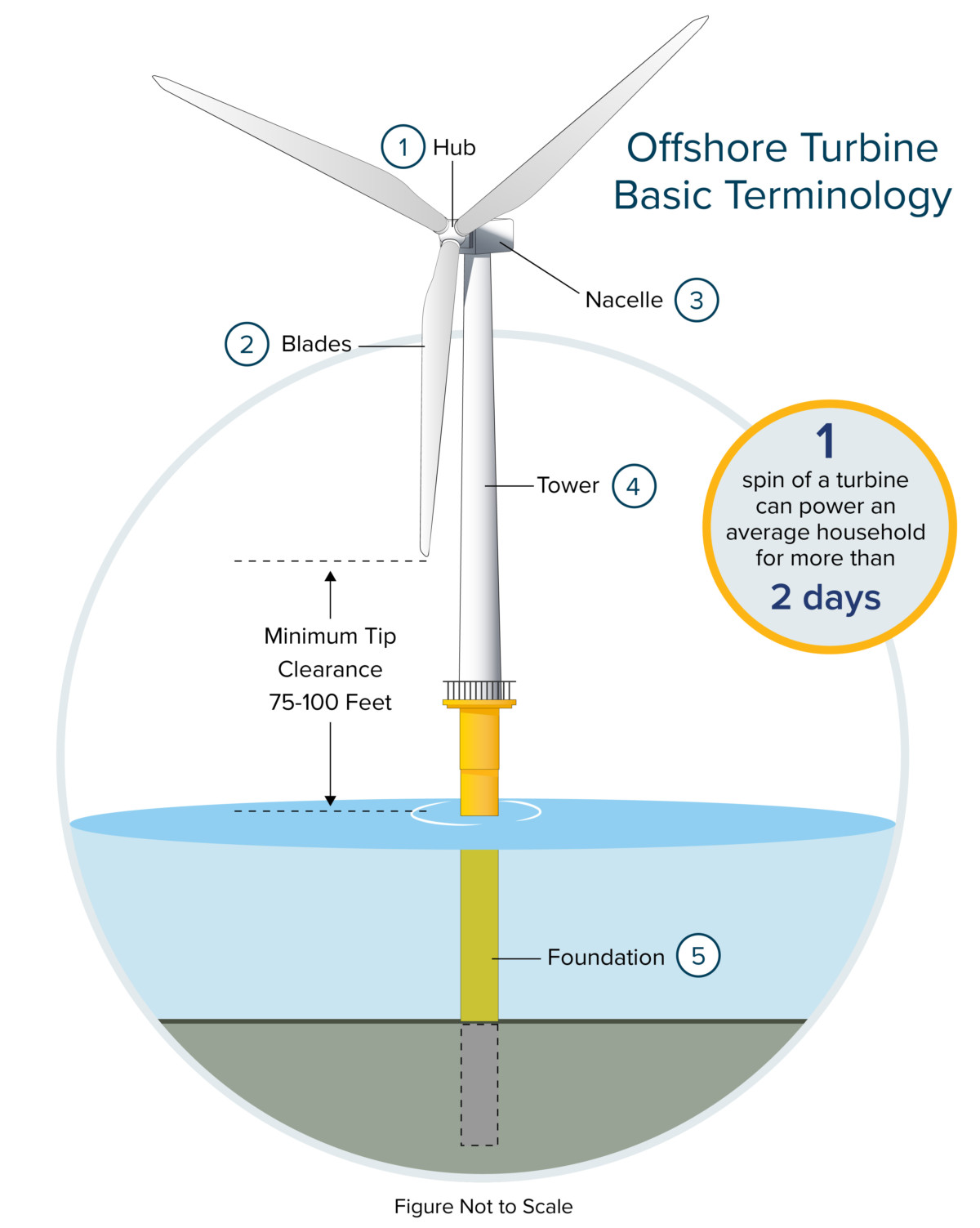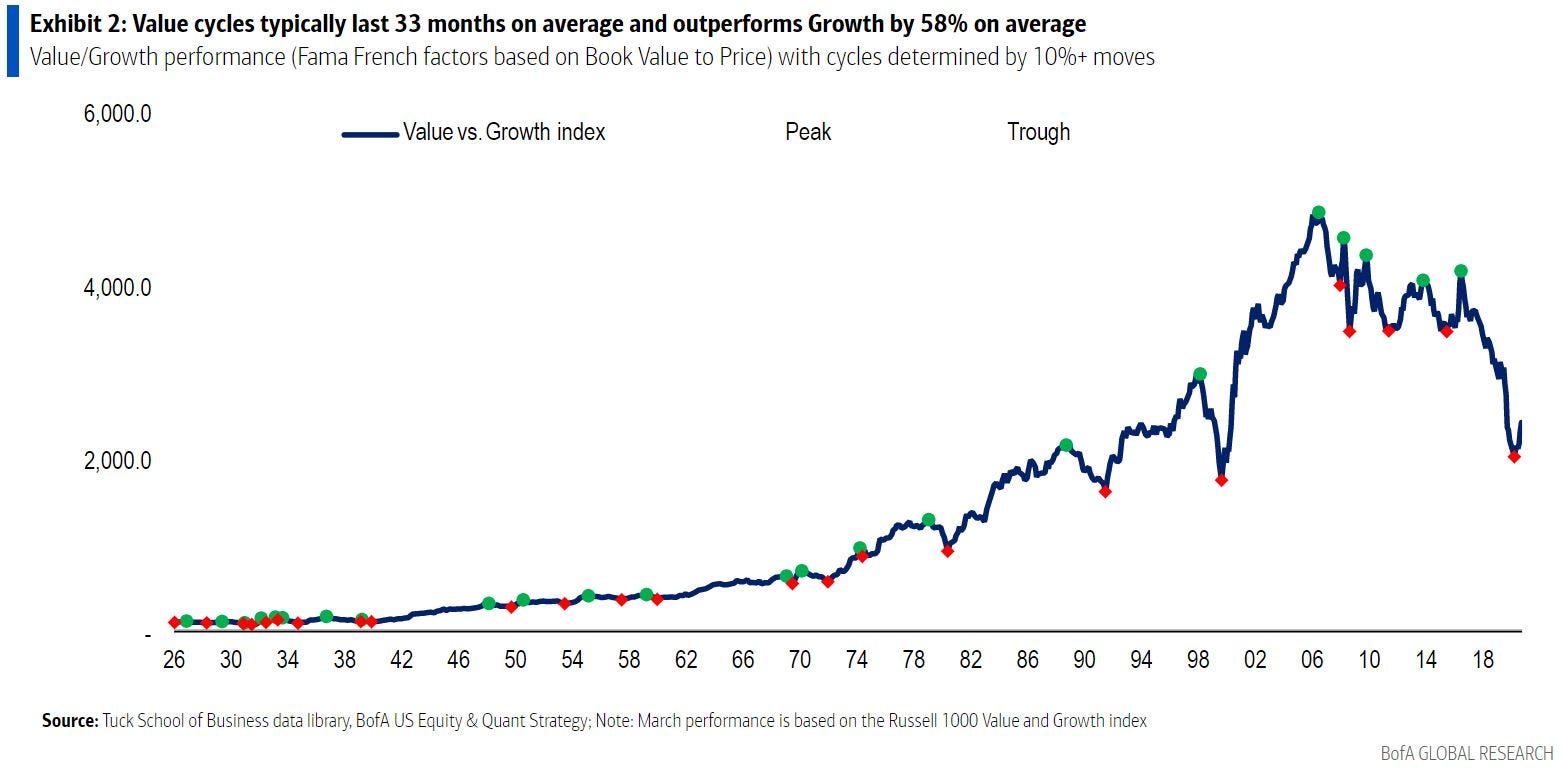Offshore Wind Farm Economics: A Look At The Challenges And Future Outlook

Table of Contents
High Initial Capital Costs and Financing Challenges
Developing an offshore wind farm requires a substantial upfront investment. The costs associated with site assessment, environmental impact studies, permitting, construction (including the fabrication and installation of turbines, subsea cables, and offshore substations), and grid connection are incredibly high. This represents a major hurdle for offshore wind energy projects. Securing financing for such large-scale, long-term projects is challenging, given the inherent risks involved. Fluctuating energy prices, technological uncertainties, and the lengthy permitting processes all contribute to investor hesitation.
Different financing models are employed, including equity financing, debt financing, and public-private partnerships (PPPs). Each model presents its own set of advantages and disadvantages, requiring careful consideration of risk tolerance and long-term financial projections.
- High cost of specialized equipment and vessels: The specialized equipment and vessels needed for offshore construction are expensive to acquire and operate.
- Complex permitting and regulatory processes: Navigating the complex regulatory landscape and obtaining necessary permits can be time-consuming and costly.
- Technological risks and uncertainties: Technological advancements are crucial for reducing costs and improving efficiency, but inherent risks and uncertainties can impact project timelines and budgets.
- Dependence on government subsidies and incentives: Many offshore wind projects rely on government subsidies and incentives to make them financially viable, creating vulnerability to policy changes.
Operational and Maintenance Costs
Beyond the initial capital expenditure, offshore wind farms incur significant operational and maintenance (O&M) costs throughout their lifespan. These costs include crew salaries, routine maintenance, repairs, and grid management. The location of the wind farm significantly impacts O&M expenses. Deeper waters and greater distances from shore increase accessibility challenges, leading to higher costs for transportation, equipment deployment, and personnel.
Effective cost reduction strategies are paramount. Robust maintenance programs, leveraging predictive maintenance technologies and advanced analytics, can help minimize downtime and extend the operational life of turbines.
- Specialized equipment and skilled labor requirements: Maintaining and repairing offshore wind turbines requires specialized equipment and highly skilled technicians.
- Accessibility challenges for maintenance and repair: Accessing turbines in harsh marine environments can be challenging, especially during storms.
- Impact of harsh weather conditions on operational costs: Severe weather can disrupt operations and necessitate costly repairs.
- Importance of predictive maintenance technologies: Using predictive maintenance technologies can help optimize maintenance schedules and reduce unexpected downtime.
Revenue Streams and Market Dynamics
Offshore wind farm operators generate revenue primarily through Power Purchase Agreements (PPAs), long-term contracts with electricity buyers. Government subsidies and incentives, such as tax credits and renewable energy mandates, play a significant role in boosting profitability. Furthermore, the growing importance of carbon credits provides an additional revenue stream, particularly in regions with carbon pricing mechanisms.
The profitability of offshore wind farms is significantly influenced by electricity market prices and government policies. The competitive landscape is dynamic, with increasing competition from other renewable energy sources. Technological innovation is crucial for driving down costs and enhancing the competitiveness of offshore wind energy.
- Long-term contract structures (PPAs) and their price stability: PPAs provide a degree of price stability, mitigating some of the risks associated with fluctuating electricity prices.
- Government support schemes and renewable energy mandates: Government policies are essential drivers for offshore wind farm development, fostering investment and creating market demand.
- Impact of carbon pricing mechanisms on revenue: Carbon pricing schemes can significantly enhance the profitability of offshore wind farms by creating a market for carbon credits.
- Competition from other renewable energy sources: Offshore wind must compete with other renewable energy options, including onshore wind and solar, necessitating continuous cost reduction and efficiency improvements.
The Future of Offshore Wind Farm Economics: Technological Advancements and Policy Support
The future of offshore wind farm economics is closely tied to technological innovation and supportive government policies. Advancements in turbine technology, such as larger turbines with higher capacity factors, are crucial for reducing the levelized cost of energy (LCOE). The development of floating offshore wind platforms expands the potential for deployment in deeper waters, unlocking vast new resources.
Simultaneously, streamlined permitting processes, stable regulatory frameworks, and ambitious renewable energy targets are crucial for attracting investment and driving down the costs associated with wind energy economics. Improved grid infrastructure and smart grid technologies are also essential for efficiently integrating the increasing amount of renewable energy into the electricity grid.
- Advancements in turbine technology leading to higher capacity factors: Larger, more efficient turbines improve energy production and reduce the overall cost per unit of energy.
- Development of floating offshore wind platforms for deeper waters: Floating platforms unlock vast new areas suitable for offshore wind farm development.
- Improved grid infrastructure and smart grid technologies: Efficient grid infrastructure is critical for integrating large-scale renewable energy sources.
- Increased integration of offshore wind into national energy strategies: Strong government support and policy frameworks are essential for the continued growth of the offshore wind industry.
Investing in a Sustainable Future with Offshore Wind Farm Economics
Analyzing offshore wind farm economics reveals both significant challenges and remarkable opportunities. Addressing the high initial costs, managing operational expenses, and navigating market dynamics are crucial for unlocking the full potential of this clean energy source. Technological innovation and supportive government policies will play a pivotal role in shaping the industry's future. Understanding the complexities of wind farm costs and investment strategies is vital for ensuring the long-term success of offshore wind energy.
Understanding offshore wind farm economics is crucial for unlocking the vast potential of this clean energy source. Let's work together to drive innovation, attract investment, and shape a future powered by sustainable offshore wind energy.

Featured Posts
-
 Ev Mandate Opposition Car Dealers Double Down
May 04, 2025
Ev Mandate Opposition Car Dealers Double Down
May 04, 2025 -
 Migrant Spends Eight Hours In Tree To Evade Ice Arrest A Harrowing Account
May 04, 2025
Migrant Spends Eight Hours In Tree To Evade Ice Arrest A Harrowing Account
May 04, 2025 -
 Lion Storage Completes Financing For 1 4 G Wh Bess Project In Netherlands
May 04, 2025
Lion Storage Completes Financing For 1 4 G Wh Bess Project In Netherlands
May 04, 2025 -
 Nhl Playoff Race Heats Up Showdown Saturdays Standings And Must See Games
May 04, 2025
Nhl Playoff Race Heats Up Showdown Saturdays Standings And Must See Games
May 04, 2025 -
 Bof As Rationale Why High Stock Market Valuations Are Not A Cause For Alarm
May 04, 2025
Bof As Rationale Why High Stock Market Valuations Are Not A Cause For Alarm
May 04, 2025
Latest Posts
-
 Ufc 314 Complete Fight Card And Predictions For Volkanovski Vs Lopes
May 04, 2025
Ufc 314 Complete Fight Card And Predictions For Volkanovski Vs Lopes
May 04, 2025 -
 Tensions Rise Bryce Mitchell And Jean Silva Clash Verbally Ahead Of Ufc 314 Bout
May 04, 2025
Tensions Rise Bryce Mitchell And Jean Silva Clash Verbally Ahead Of Ufc 314 Bout
May 04, 2025 -
 Major Blow To Ufc 314 Neal Prates Bout Cancelled
May 04, 2025
Major Blow To Ufc 314 Neal Prates Bout Cancelled
May 04, 2025 -
 Jean Silva Responds To Bryce Mitchells Claims Of Abusive Language At Ufc 314 Event
May 04, 2025
Jean Silva Responds To Bryce Mitchells Claims Of Abusive Language At Ufc 314 Event
May 04, 2025 -
 Ufc 314 Mitchell Silva Press Conference Marked By Heated Exchange And Allegations Of Cursing
May 04, 2025
Ufc 314 Mitchell Silva Press Conference Marked By Heated Exchange And Allegations Of Cursing
May 04, 2025
